VOC's Travel BLOG
Our Travel Blog is the place to share our real life, travel experiences in China with you. Besides, we will provide information related to Chinese culture and China travel guide. "A bosom friend afar brings a distant land near." Traveling makes us to be closer, let's discover China together!
All
China travel Guide(228)
China Food(38)
Life in Guilin(48)
Working at VisitOurChina(24)
Cultures(40)
News(12)
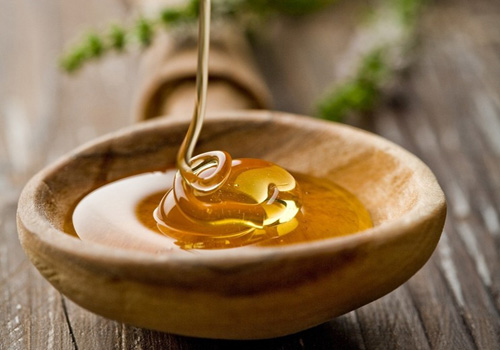
After two years the second season of the documentary television series A Bite of China began to bring us to the paradise of Chinese food again from April 18 on. Some faithful audiences joked that the first episode Footsteps of the second season not only made them mouth water but also moved them to tears. Actually I was also moved by the family love reflected in the stories behind foods of various kinds, especially by the parts concerning sweet honey.
Festivals of Chinese Ethnic Minorities
2014-03-28 | Cultures
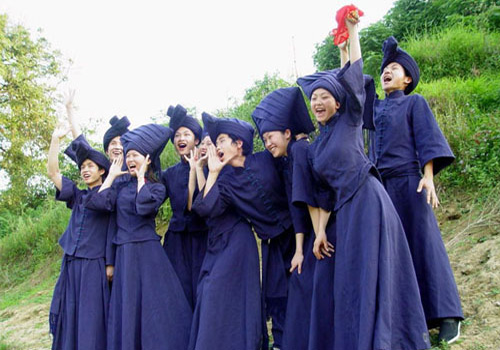
China is a country with vast land and composed by 56 ethnic groups. Except the Han nationality which accounts for approximately 91.51% of the total population of China, other nationalities only accounts for 8.49%, and consequently the other 55 are called minority nationalities. Though the population of the other 55 ethnic groups is much fewer, their varied festivals account for about 70% of the total amount of Chinas festivals, and these colorful festivals constitute an important part of Chinese culture and lives.
Mahjong Culture in Different Cities of China
2014-02-13 | Cultures
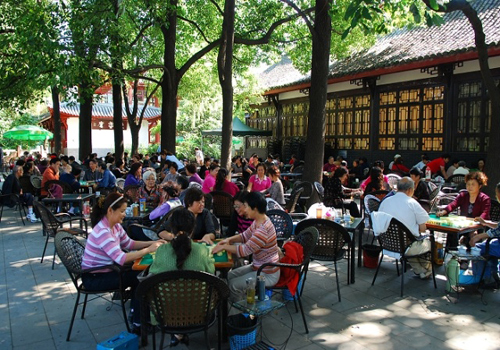
As a quintessence of Chinese culture, Mahjong has a very long history and favored by hundreds of thousands of people in China, especially in Chengdu, Chongqing, Wuhan, Shanghai, Guangzhou, Hong Kong, Hangzhou, Changsha, Kunming, etc. Nowadays, Mahjong has been internationally introduced into many other countries, but basically it stays in Chinese people, so Mahjong can be the card of Chinese.
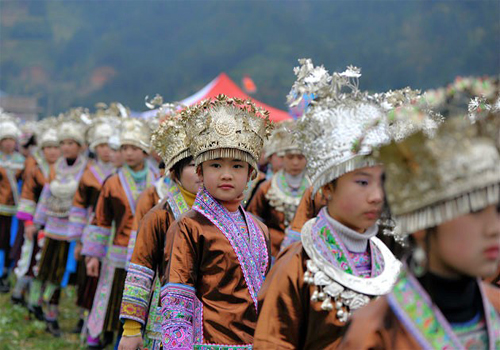
People generally know Guilin but ignore other beauties of Guangxi Province. Actually, Guangxi offers so much more than just Guilin. The Miao Ethnical Minority villages in Rongshui County, Guangxi Province, has the very interesting Po Hui Festival(a popular activity for the locals to wish for good harvest through the reed-pipe wind instruments) every year, which is a kind of non-material cultural heritage that originates from nature and showed by dances, songs and various activities.
Celebrating Chinese New Year in Xi'an
2014-01-10 | Cultures
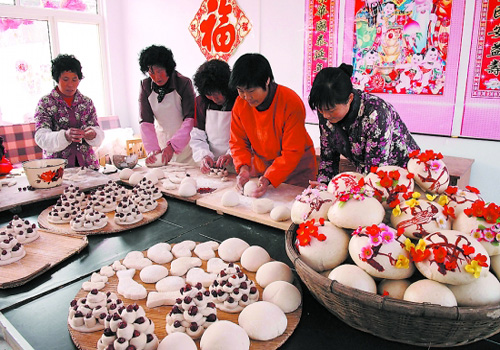
Chinese New Year, or Spring Festival, is the most important festival in China. From end of the last month to beginning of the first month by lunar calendar, people all over China celebrate the festival in many ways. Activities to celebrate New Year in Xian, one of the ancient capitals in China, are especially full of local flavor and characteristics.
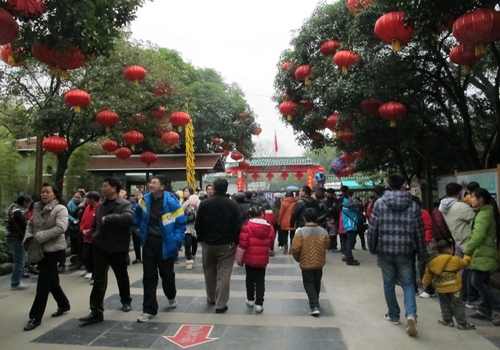
Dear friends, Happy Spring Festival to you all! The first day of Chinese lunar New Year, which happens to fall on February 10th in solar calendar this year, is the grandest day for Chinese people. And different people in different parts of China have distinct ways to celebrate this traditional festival. As for locals of Guilin city, they often leave their home for the parks and streets full of jubilant delight.
Happy Chinese New Year 2013!
2013-02-08 | Cultures

Spring Festival, or new year in Chinese lunar calendar, enjoying a history of more than four thousand years, can date back to 104 B.C., when the first day of the first month in lunar calendar was set as nian (which means the beginning of the year), thus the dates of xin nian (which means new year in Chinese lunar calendar) were fixed. It is the grandest festival all over China. To a great extent, therefore, what Christmas to Westerners is what Spring Festival to Chinese. Usually, Spring Festival often refers to the lunar new years eve and the first day of the lunar year; however in the traditional sense, people usually celebrate Spring Festival from the eighth day or the twenty-third or the twenty-forth day of the twelfth lunar month according to traditions of different regions until the fifteenth day of the first lunar month, with the highlights falling on the lunar new years eve and the first day of the lunar year.
Reconstruction of Water Conservancy
2013-01-10 | Cultures
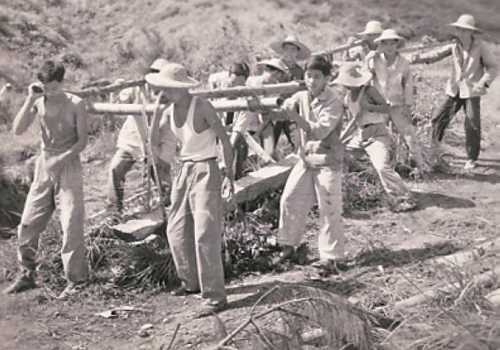
If you travel the suburb and counties of Guilin, you may see there are many reservoirs around, big and small. They remained there quietly. Some of them people still use it, others are abandoned. Because farmers are not growing many rice as they used to be.




